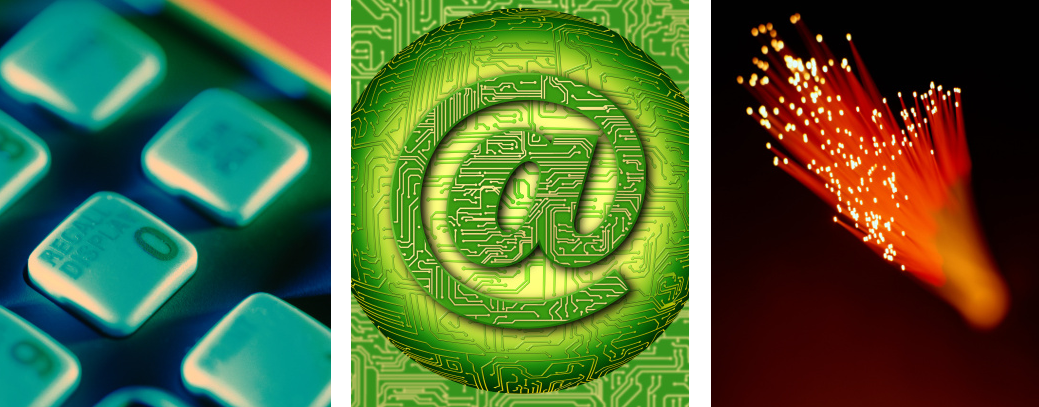UTM/INESC TEC researchers publish papers in international journals
INESC TEC’s Telecommunications and Multimedia Unit (UTM) has recently published three papers in international journals.
01st March 2013
The first paper, entitled “Reliable P2P Content Delivery for Alternative Business Models”, published in the International Journal of Computer Information Systems and Industrial Management Applications, was written by Hélder Castro and Teresa Andrade from UTM and Artur Pimenta Alves (adviser to the board of INESC Porto). The paper discussed the current Internet in terms of the distribution of multimedia resources and electronic business where access is generally restricted. The researchers present a solution that enables a more reliable use of peer-to-peer networks in order to implement innovative business models, using disruptive strategies that are largely based on free access to resources.
The second paper, entitled “Experimental Evaluation of a R-EAM and Noise Impact Analysis for UWB and Wi-Fi Transmission in RoF Networks”, is authored by João Oliveira, Luís Pessoa, Diogo Coelho and Henrique Salgado from UTM, and also Jorge Castro, a former researcher at the same Unit. Published in the Annals of Telecommunications, this paper proposes the use of an electric/optical transceiver, which is called reflective electro-absorption modulator, for radiofrequency signal distribution systems over optical fibre. The researchers have managed to demonstrate the use of the transceiver in remote stations to distribute Wi-Fi and Ultra-Wide Band (UWB) signals. It was possible to confirm that when the intention is to have a small signal coverage area (peal-cells), the device can be used in passive mode, that is, without any electric power. Additionally, it was demonstrated that by using a low voltage battery the system’s performance improved significantly, maintaining a high autonomy for several months. These conclusions are supported by experimental validation of the features of R-EAM and by a theoretical analysis on the system’s performance based on the signal-noise ratio for Wi-Fi and UWB signals.
Finally, the third paper was written by Luís Pessoa and Henrique Salgado from UTM. Entitled “Assessment of dispersion map impact on the digital back propagation of long-haul fibre-optic links”, and published in Optical and Quantum Electronics, this paper proposes some design rules to develop coherent optical systems using Back-propagation algorithms. In the future, this will make it possible to develop better optical fibre connections to carry information to ultra-long distances. These algorithms make it possible to reduce the impact of non-linear propagation effects on the system’s performance by post-processing the signal in the receiver. Particularly, it was possible to conclude that without having to use fibre to compensate dispersion, it is possible to achieve an optimum performance with low computational complexity. As a result, in the future, long-haul optical fibre connections will be more affordable in terms of implementation, and will require less maintenance and energy consumption.
UTM/INESC TEC, February 2013


